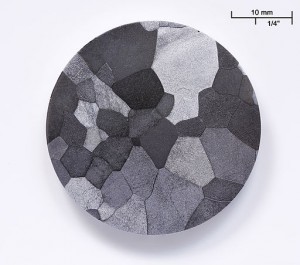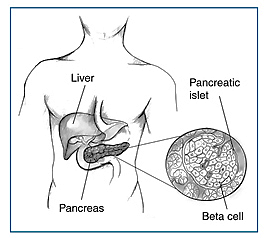Getting rid of belly fat is important not only for having a sexually attractive body but also for staying healthy. A lot of diseases, such as heart disease, type 2 diabetes, and some types of cancer are caused by the fat around our middle. However, many people have no idea how to reduce their belly fat. Here are some tips for reducing fat around middle in an efficient and healthy way.
Try to Eat Foods that Increase Metabolism.
Many scientists say that If one has a fast metabolism, he will be likely to burn his fat faster than other people who have a normal metabolism. The foods that can boost our metabolism are green tea and vinegar, and we can easily buy them at any grocery stores near us. In addition, any food that is highly in protein, such as egg whites, extra lean beef, and chicken breasts is also helpful for increasing metabolism.
The Heathy Habits for Reducing Belly Fat.
First, it is important that you limit your sugar and carbohydrates consumption as much as you can. Instead of eating them, you should try to eat foods that are high in fiber and protein.
Second, you should not always overeat. It is important to eat healthy foods, but eating too much of anything is bad for health.
Lastly, you should be active as possibly as you can because not only you can lose your fat but also you can reduce stress by exercising.
Belly fat is something that we should get rid of in order to live a healthy life. Thus, it is important to know the efficient and healthy ways to reduce belly fat.









